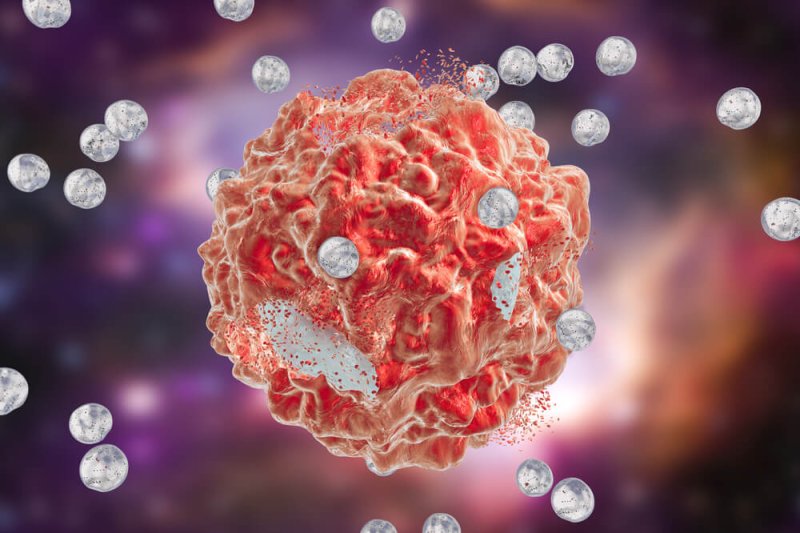The challenge of chemotherapy is to kill off the tumor cells without doing too much harm to healthy ones. The inter-endothelial gaps promised a way to do that. Nanoparticles up to 300 nm in diameter can fit through the gaps, and they can’t permeate normal blood vessels the same way. So nanoparticles loaded with a drug should, it stands to reason, selectively enter and attack tumor tissue but leave healthy tissue alone. An inherently biomedical challenge was seemingly transformed into one of nanotechnology and fluid dynamics.
…
The mechanism of their action, however, has never been fully verified. No technique exists that can image nanoparticles in vivo, in real time, and with sufficient resolution to observe the particles slipping through the inter-endothelial gaps in a tumor’s blood vessels. The idea that they do has always been an assumption.
New research by Shrey Sindhwani, Abdullah Muhammad Syed (both with Warren Chan’s laboratory at the University of Toronto), and their colleagues suggests that that assumption might not be correct. Most nanoparticles that end up in tumors, the researchers found, get there by passing through the endothelial cells, not between them.
…
The task of getting nanomedicines into tumors may therefore be a biological one rather than a physical one after all.































